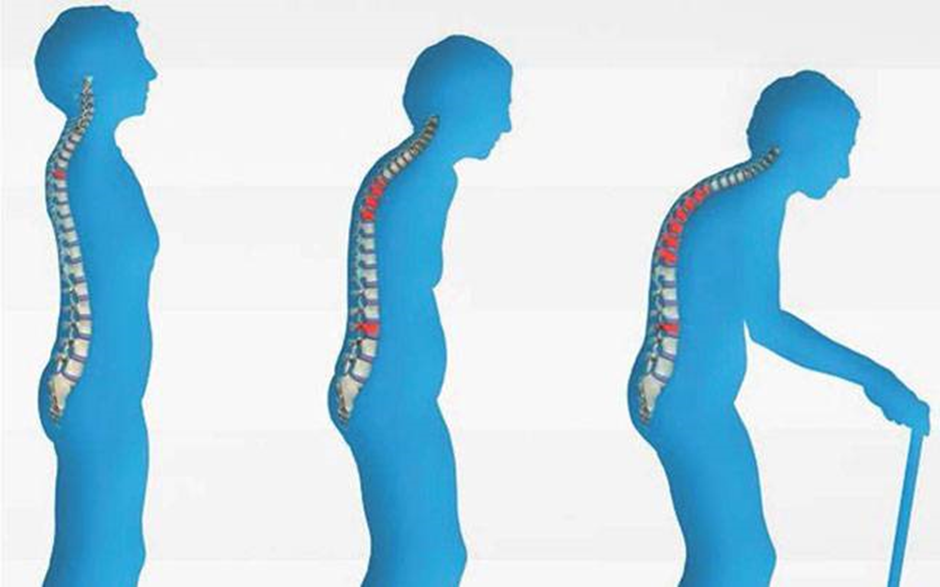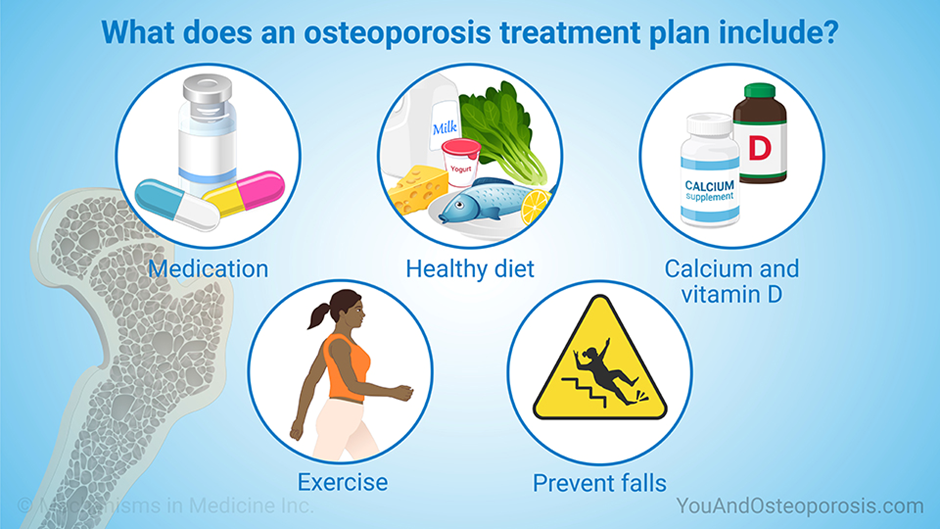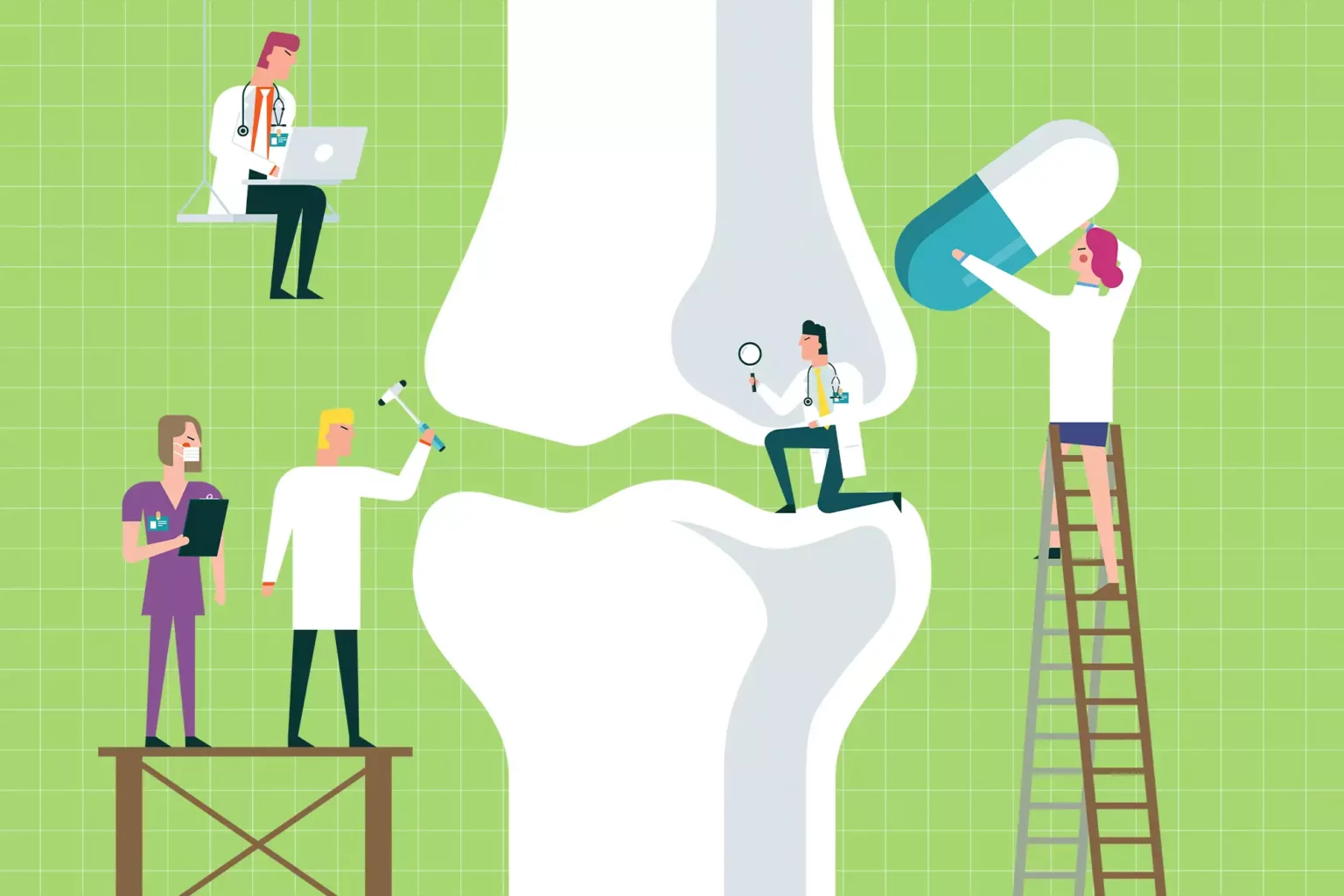Osteoporosis is a bone disease in which the bone density of the body decreases, which makes the bones porous and weak. It can happen to anyone at any age, according to recent statistics from the International Osteoporosis Foundation (IOF).

IOF shows that globally, 1 in 5 men and 1 in 3 women who are 50 and older suffer from osteoporosis. Elderly women are more prone to than men, especially in the hips and spine, where the risk of fractures increases.
“Silent Disease” can be treated and prevented, but for that, vitamin D is necessary to enhance bone density. Vitamin D is considered the most vital vitamin for bone health and mineralization.
Why does osteoporosis in women worsen?
- The physical stature of women’s bones is thinner and smaller than that of men’s.
- The hormone that protects bones in women, “estrogen,” decreases over time when a woman reaches menopause.
- Aging decreases estrogen with it and bone density as well.
- The risk of osteoporosis is also hereditary as low bone density is the main cause of the condition.
- Other factors include excessive smoking, alcohol, a low calcium diet, eating disorders, less physical activity, a lack of sunlight, chronic diseases, and so on.
Symptoms
In some cases, this disease can progress gradually without any pain or symptoms. It is also called a “silent bone disease.” The symptoms include hunched posture, back pain, and fragility to fractures.

Why is vitamin D important to prevent osteoporosis?
The calcium in food is absorbed by the body with the help of vitamin D. Increased calcium intake can enhance and improve bone density. Stronger bones are built by both Vitamin D and calcium, so it is recommended for everyone. Diseases like rickets and weak bones can be prevented this way.
The recommended dosage of vitamin D should be 700-800 IU (International Units) no less than a day for the management of osteoporosis.
Exposure to sunlight is the best source of vitamin D as it is a natural source. It is advised that at least 10-15 minutes of sunlight in the morning is enough for health benefits, but keep in mind that lotions like sunscreens and sunblock decrease the amount of vitamin D you are getting even if you are staying outside. Besides sunlight for vitamin D intake, you can also eat vitamin-rich foods and supplements.
Vitamin D side effects
When taken in the proper dosage, Vitamin D is safe and beneficial for bones. But excess vitamin D can be dangerous. It may result in heart failure, kidney failure, high blood pressure, bone discomfort, and high blood pressure.
Is there a chance of Silent Bone Disease during pregnancy?
Women do occasionally have a transient form of osteoporosis when pregnant, despite the fact that this is quite uncommon. Due to the baby’s increased requirement for calcium, which is taken from the mother’s bones, the mother may experience some bone density loss during pregnancy. Following delivery, the lost bone mass is often recovered.
Is bone density affected by breastfeeding?
Breastfeeding may result in temporary bone loss, similar to pregnancy. This is due to the fact that reduced estrogen levels during breastfeeding influence calcium absorption. However, bone density returns to normal with time and does not impair the health of a woman’s bones in the long run. I.e., calcium and vitamin D-rich diets are always recommended for all nursing and pregnant mothers.
Osteoporosis: Diagnosis and Treatment
An osteoporosis diagnosis is made by a bone density test. It is done to check how strong or weak a bone is. It is called a Dual-Energy X-Ray Absorptiometry (DEXA). This type of test is what helps doctors diagnose a person with osteoporosis, and for treatment, doctors advise medicines for building bone density mass, a balanced diet, and exercise.

How can osteoporosis be prevented?
Bone mass rapidly declines with aging, especially for women after menopause. Early measures are indicated in order to reduce the risk of osteoporosis and increase bone density. It’s beneficial to consume a diet high in calcium and vitamins, cut back on alcohol use, stop smoking, and engage in regular physical activity, among other things. Additionally, routine examinations and consultations with orthopedic physicians can aid in the early diagnosis of osteoporosis or any other condition connected to the bones.
Read also: Nutrients to protect bone health













